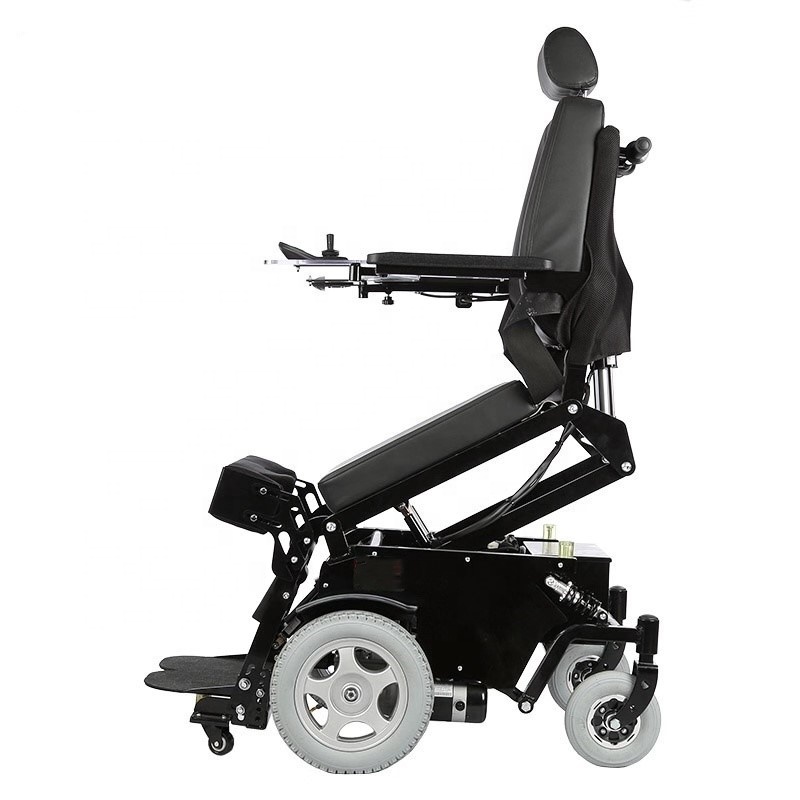Standing wheelchairs go beyond physical mobility; they embrace a holistic approach to overcoming barriers that individuals with mobility challenges often face. These innovative devices promote inclusivity, independence, and a well-rounded quality of life. Let’s explore how standing wheelchairs address various barriers:
- Physical Barrier: Standing wheelchairs empower users to overcome physical barriers by facilitating weight-bearing and standing, promoting bone health, and preventing muscle atrophy.
- Social Isolation: Standing at eye level fosters social interaction, helping users connect with friends, family, and peers and reducing feelings of isolation.
- Emotional Well-Being: The sense of accomplishment and confidence that comes with standing contributes to emotional well-being and a positive self-image.
- Functional Limitations: Standing wheelchairs enable users to perform a wider range of functional activities, from daily tasks to pursuing hobbies and interests.
- Environmental Access: The upright position allows users to access higher surfaces, reach items on shelves, and engage with their environment more effectively.
- Psychological Empowerment: By offering users the choice to stand, standing wheelchairs empower them to take control of their mobility and physical experience.
- Educational and Vocational Pursuits: Standing wheelchairs create opportunities for users to participate in educational and vocational activities without limitations.
- Cultural Integration: Users can engage in cultural events, gatherings, and public spaces without feeling physically distant or excluded.
- Personal Identity: Standing wheelchairs enable users to define themselves beyond their mobility challenges, promoting a holistic sense of identity.
- Inclusivity and Advocacy: By breaking down barriers, standing wheelchairs promote inclusivity and encourage conversations about accessibility and mobility challenges.
The holistic impact of standing wheelchairs extends beyond the individual user, influencing societal perceptions of mobility, empowerment, and the importance of creating inclusive environments.














